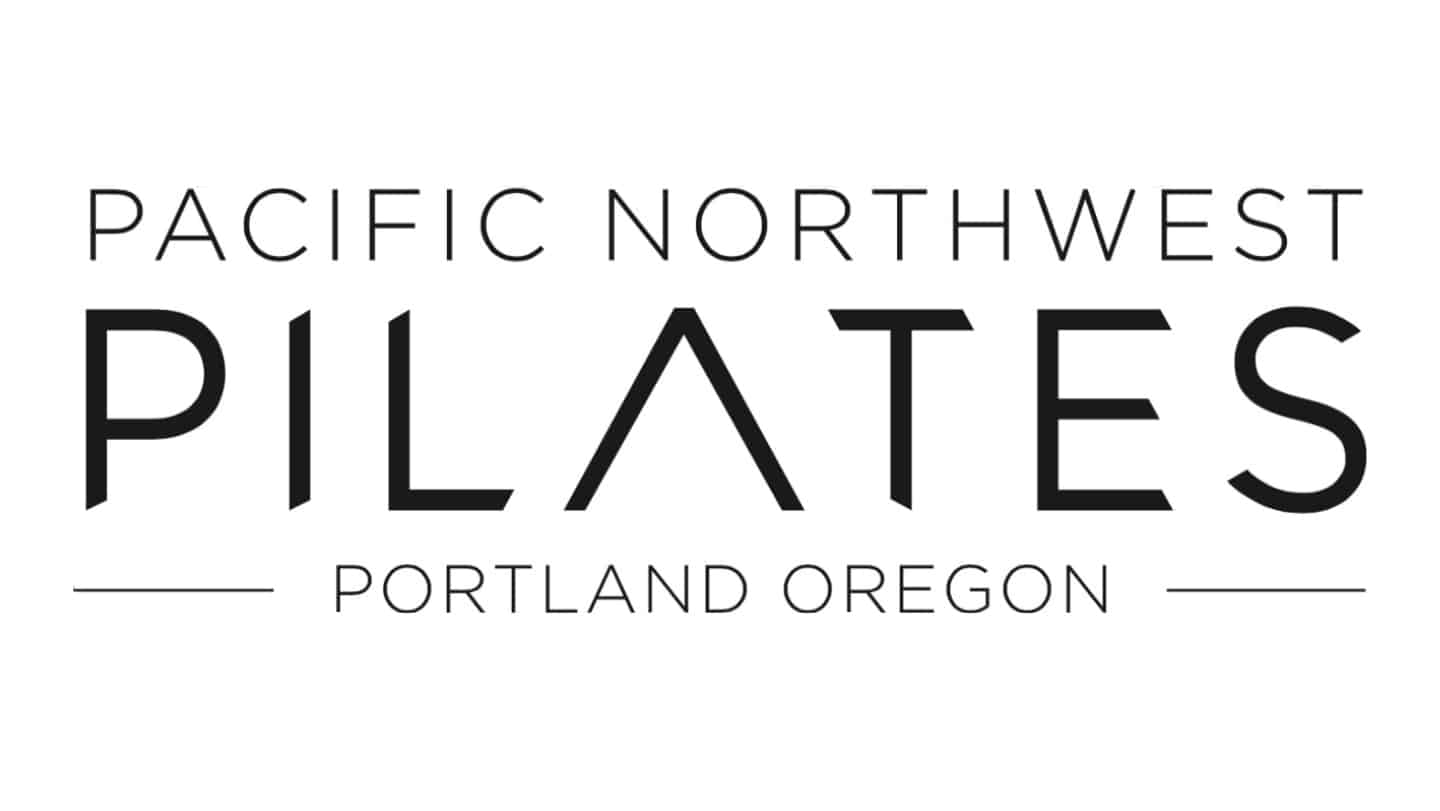Holly Shaw
Instructor, Pacific NW Pilates | Instructor Trainer, STOTT PILATES® and Total Barre™
Holly Shaw graduated from the University of Utah in Salt Lake City with a Bachelor’s in Fine Arts in Ballet with emphasis in Performance and Teaching in 2010. As a professional dancer, Holly’s career includes dancing with Aspen Santa Fe Ballet, BodyVox, Éowyn Emerald and Dancers, and skinner|kirk DANCE ENSEMBLE, and now currently works with the push/FOLD dance company as the Managing Director and as a performer.
During her time at university, Holly discovered Pilates as a useful cross-training tool and an integral piece in maintaining overall health and stability, and working with her own body with scoliosis. After graduation, Holly moved to Portland, OR and immediately began teaching rehabilitative and generative STOTT Pilates, and beginning her path as a STOTT PILATES® and Total Barre Instructor Trainer as a part of the Education Team at Pacific Northwest Pilates. Focusing on health and movement in everyday life, her work with her clients spans building core strength, developing athletic capacity, rehabilitating from old injuries, pre and post-op management, pre and post-natal focus, and finding ways to execute daily tasks safely.
Outside of her work with PNWP, Holly’s company, Elevated Movement provides onsite movement-based programs for assisted living facilities in the Portland metro region. Holly also holds a certification as a Reiki II practitioner and energy healer, adding a compassionate and holistic approach when working with students and clients.
Training:
- Fully Certified STOTT PILATES® Instructor on all equipment & all levels
- STOTT PILATES® Instructor Trainer for Mat and Reformer and Cadillac, Chair, and Barrels
- STOTT PILATES® Injuries and Special Populations Course
- Certified in Reiki II (energy work on others)
- Certified in Adult and Pediatric First Aid/CPR/AED
 Leslie Braverman
Leslie Braverman 

